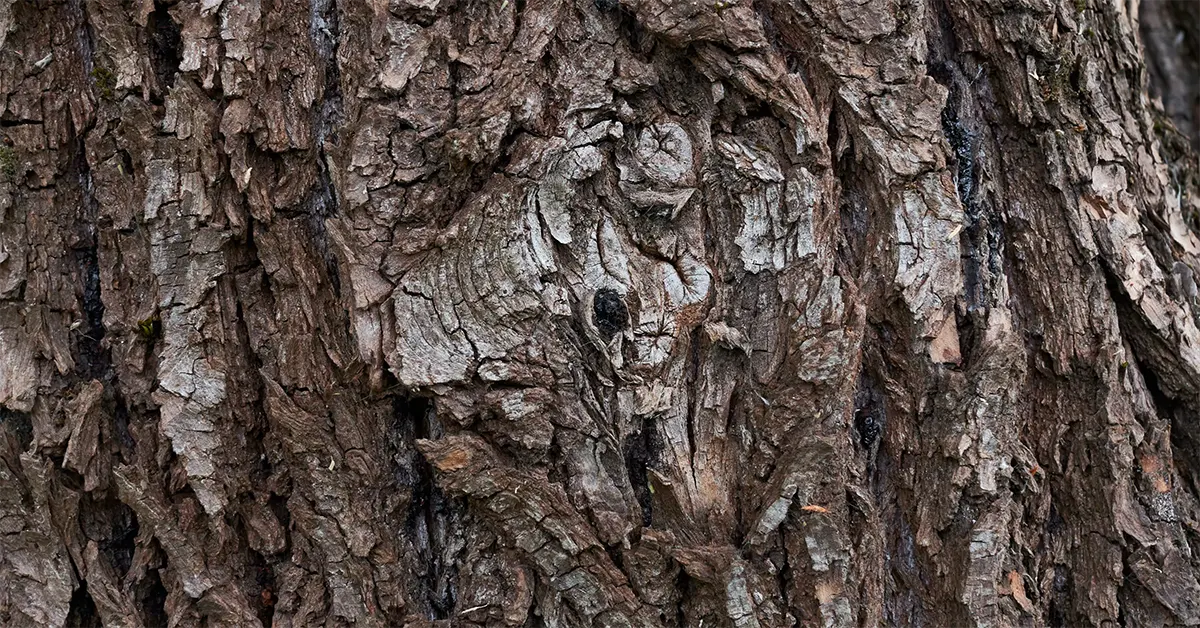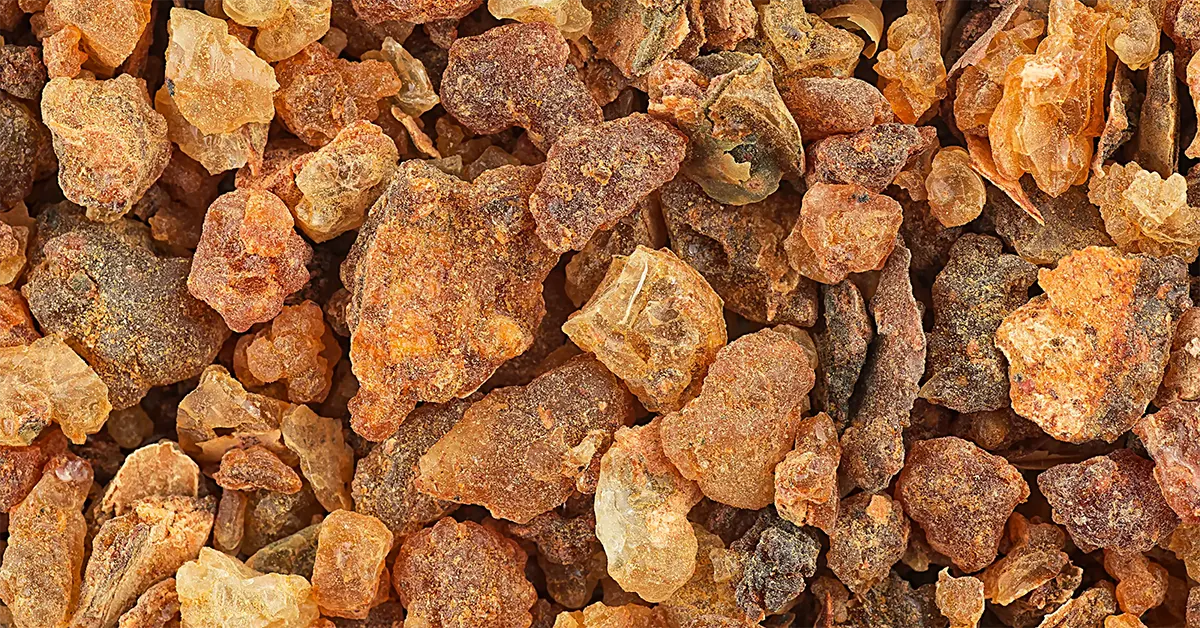
willow bark

Willow bark (Salix Alba Bark Extract) from controlled wild collection
Effect & application in skin care
The bark of the white willow tree has traditionally been valued in naturopathy—and it also has a wide range of uses in modern skin care. Its main active ingredient is salicin, which is converted into salicylic acid in the body. This acid has sebum-regulating, anti-inflammatory, and pain-relieving effects.
The extract is particularly suitable for:
- impure, acne-prone skin
- Redness and irritation
- oily skin with enlarged pores
Skin refinement & regeneration
Willow bark has a keratolytic, exfoliating effect. It supports the skin's natural exfoliation process, gently removing dead skin cells and thus refining the complexion. At the same time, pores are smoothed, and the complexion appears more even and fresher.
This is primarily due to the salicin it contains, which is converted in the body into salicylic acid – a natural beta hydroxy acid derivative (BHA). BHAs are fat-soluble, which makes them particularly effective at penetrating pores and dissolving sebum and dead skin cells.
The exfoliating effect of willow bark at a glance:
- Gentle chemical peeling: removes dead skin cells without mechanical friction
- Refines the skin's appearance: smoothes rough patches, reduces clogged pores
- Prevent impurities: cleaning the pores prevents new pimples and blackheads
- Well tolerated: milder than pure salicylic acid, hardly irritates the skin
Special ingredients & plant substances
In addition to salicin, willow bark contains a variety of secondary plant substances that enhance its effect:
- tannins
- Isoquercitrin
- Kaempferol
- Quercetin
These substances have antioxidant and antibacterial properties. They deprive pimple-causing bacteria of their breeding ground and promote clear skin.
Traditional applications
Willow bark is also used outside of cosmetic care – for example, for:
- Dandruff & itchy scalp
- Psoriasis (psoriasis)
- acne
- Calluses & corns




